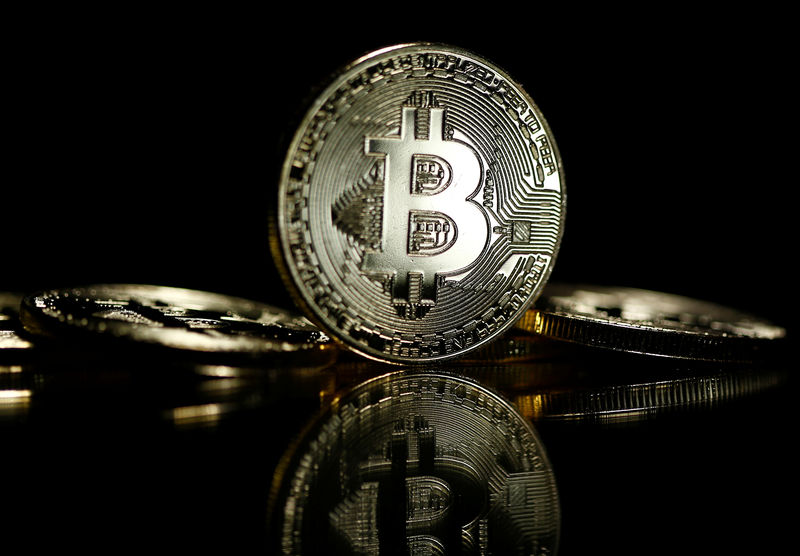This article was originally published on Gokhshtein Media and appears here with permission.
GameFi, as its name implies, combines gaming and finance. The sector is considered a Web3 sector due to the decentralized ownership between builders, investors, and users.
Through gaming tokenomics and gaming NFTs, these two industries found common ground using the blockchain
An NFT in the gaming context is a public ledger of the ownership of game assets on an open blockchain such as Ethereum or Solana.
GameFi's decentralization allows for the transfer of game assets (or NFTs) between platforms.
The transferability of assets makes them valuable outside of the gaming ecosystem. As their ownership status can be tracked on the blockchain, NFTs can be bought and sold on third-party exchanges as collectibles.
Game mechanics aren't what's driving this evolution. Rather, it pertains to bringing game monetization closer to the ultimate vision of Web 3.
The majority of builders of GameFi hope these games will become blockchain marketplaces where in-game assets are valued by a free market within a player-owned ecosystem.
How can gaming NFTs be beneficial? There are more options than just digital collectibles. Game asset collecting has entered a new era with gaming NFTs.Web3 gaming could facilitate a unified metaverse, and it will provide a number of benefits that traditional gaming does not.
Ownership structure: The ownership of in-game purchases in traditional gaming is non-transferable and locked to the world of the game. The ownership of in-game assets in gaming NFTs is given to players. Due to the fact that ownership is not restricted within the walled garden of a game publisher, ownership is more valuable.
Scarcity can be proven: The scarcity of gaming NFTs can be proven via the immutable records of the blockchain. When you consider that authenticity and rarity are valuable features in the eyes of collectors, you can see why this is important.
Additionally, the immutable record generated by the blockchain upon digital asset issuance ensures that gaming NFTs cannot be tampered with or duplicated.
Interoperability: A centralized server is essential to the traditional online gaming model. This type of game is run using multiple servers.
NFTs designed for gaming applications can be designed to be transferable, interconnected and interoperable with other games built on the same blockchain underlying them. If those assets are supported by other games, the player can use them (or sell them) in other games.
Challenges faced by GameFi Scaling needs to be addressed. At present, most gaming NFT tokens are based on Ethereum blockchain. Ethereum gas fees make transactions prohibitively expensive.
Blockchain-based gaming has become increasingly popular due to chains with high throughput, such as Polygon and Solana. We can expect this trend to continue until ETH2 is upgraded.
Many gaming communities are opposed to blockchain-based gaming. In the past, attempts to monetize games through microtransactions have been met with backlash.
Since some gamers have had bad experiences with gaming NFTs in the past, they feel that they will be sidelined and diminished by the most prominent publishers.
In addition, some fear that a 'pay-to-win' model will be implemented, which would have greater repercussions. It is unfair for a player to gain unfair advantages over other players if they can buy their way through the game.
Many leading game publishers are interested in monetizing their games through gaming NFTs. However, they need to innovate ways to do this without sacrificing gameplay.
A recent attempt by Ubisoft to introduce NFTs in its games resulted in a community backlash. The company abandoned its plan to use NFTs due to the community's response.
NFTs in gaming: the future Play-to-earn blockchain gaming has been revolutionized by Axie Infinity, but more innovation is needed to bring blockchain gaming to the masses.
Play-and-earn is already on the rise. In this approach, gameplay is as important as tokenomics.
There is no sign that play-to-earn will disappear any time soon. Participants who are already crypto native will find it a highly appealing segment of Web3 gaming. Tokenomics will continue to be the key to attracting participants to these games.
GameFi projects have boomed in 2021, and will likely continue to do so in years to come. There are more than 1,400 blockchain games listed in DappRadar as of Q1 2022.
Now, our games can be played on multiple blockchain platforms, including Ethereum, BNB Smart Chain (BSC), Polygon, Harmony, Solana, and many more.
Play-and-earn: Blockchain gaming models such as play-to-earn and play-and-earn are an example. The first major innovator in this space was Sky Mavis of Axie Infinity.
No matter whether the model is play-to-earn or the more recent play-and-earn, playing games based on these models represents one of the easiest ways to invest in NFT gaming.
Governance tokens: Governance tokens are also likely to be used in blockchain-based games. The treasury management token gives the holder the ability to influence smart contract code changes. Axie Infinity, for example, uses Axie Infinity Shards (AXS) as a governance token.
Owners of governance tokens hold influence over game tokenomics, so they are highly motivated to acquire them. Several of these tokens give the owner the right to vote on the protocol's direction. In addition, these tokens often include cash flow rights similar to dividends in equity.
© 2022 Benzinga.com. Benzinga does not provide investment advice. All rights reserved.
